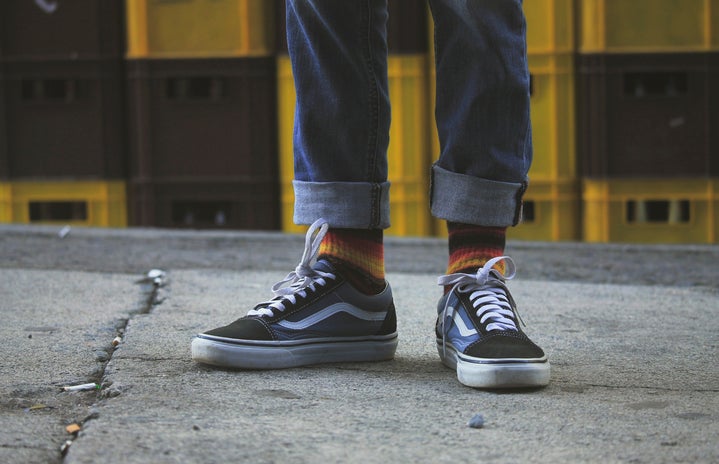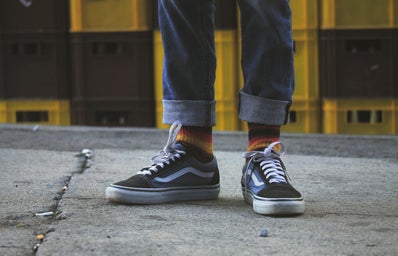In the first part of this zero-waste series, I talked about making simple zero-waste swaps in your everyday life and reducing the consumption of plastic. In the second article, I explored creating your own zero-waste products at home using simple, natural ingredients. For the last installment of the zero-waste series, I am tackling the subject of unsustainable fashion and how to shop zero-waste for your clothing.
Everyone uses clothing as a way to express themselves through their personal style, but very seldom do people actually consider where their clothing is coming from. People are always constantly searching for deals when going to the mall but what is the true cost of that bargain bin sweater from your favorite store?
Fast fashion is clothing that is mass-produced by retailers trying to keep up with the latest trends and making them inexpensive. While fast fashion sounds like a great way to keep with the trends, the cheap fabrics and quick stitching makes the clothing disposable and low quality. Fast fashion is generally created to be replaced. And when that clothing inevitably falls apart, it is given away to secondhand shops and what the thrift stores cannot take is often sold overseas or thrown into a landfill. Americans send 12.8 million tons of clothing to landfills where they will decay for 200 years. This clothing also contaminates the soil and groundwater due to toxic dyes and chemicals. The fashion industry is the third most polluting industry in the world– just one pound of textiles emits more than seven pounds of carbon dioxide and it is expected to increase by more than 60% in by 2030.
Not only is the fashion industry bad for the environment but it is a dangerous and dehumanizing. Fast fashion is constantly putting profit over people. The average people making our clothing are young women ages 18-24. These women are paid less than $3 an hour and work 14 hour days. And in other cases– more often than not– clothing is also made by underage girls as young as 14-years-old. These young women are also abused and deal with sexual assault as a part of the job description. The workers are not only exploited, but in the last 12 years, nearly 2,000 workers have been killed in accidents on the job, including building collapses and fires.
Now that you know the story behind your clothing, what are you going to do tell help?
There are lots of ways to still be a fashionista without giving into fast fashion. For example, Kristen Leo, an ethical fashion youtuber, has various videos showing it is possible to have style and shop ethically. She is proof that you don’t need to shop the biggest brands to be the trendsetter on campus.
Here are some ways to shop with a conscious:
- Shop less.
Simple but effective. I know it might seem difficult to avoid going to the mall for some retail therapy after a tough week, but in reality, we don’t need those items. Often times we impulse buy and don’t even wear half the clothing we purchase. I am very guilty of doing this. A way to avoid this is simply just not buying clothes that you know you don’t need.
2. Shop alternatively.
Instead of purchasing clothing from brand name retailers, opt for secondhand shopping, buying vintage clothing, flea market finds, yard sales and clothing swaps.
3. Invest in quality over quantity.
When buying clothing don’t just grab something because it’s cheap and kind of cute. Be smart with your purchases and invest in quality pieces that will last long, fit better and look timeless.
4. Buy clothing with biodegradable material and eco-friendly production quality.
Always ask what your clothes are made of. Read the labels. Certain materials like polyester and spandex cannot be broken down when thrown into landfill and they will exist in the trash for years. However, fabrics such as organic cotton, industrial hemp, soy silk, cashmere, and recycled materials, are better much more environmentally sustainable. Also, say no to fur, leather, wool and down feathers. Shopping ethically, in my opinion, should include saying no to animal cruelty.
5. Lastly, when buying new clothing always ask yourself these questions before getting to the cash register:
- How often will I wear this?
- Do I already have something like this?
- Is this piece timeless?
- Why am I purchasing this?
- Does it fit me properly?
- Is it easy to care for?
- Do I really need to buy this?



